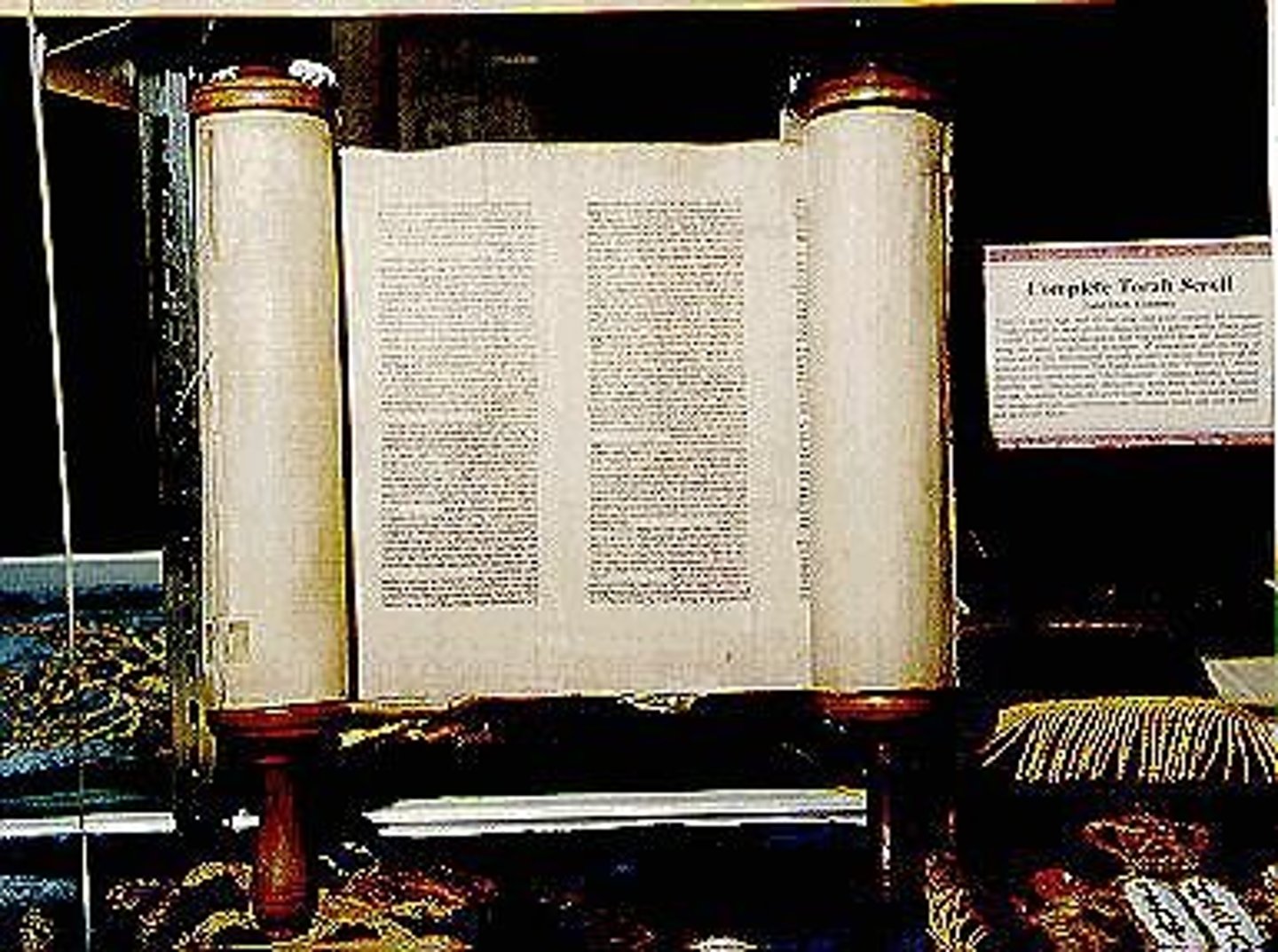Development and Canonization of the Christian Bible: Old and New Testament
1/21
There's no tags or description
Looks like no tags are added yet.
Name | Mastery | Learn | Test | Matching | Spaced |
|---|
No study sessions yet.
22 Terms
Scripture
refers to those writings that function authoritatively for the faith and practice of a religious group.
Canon
refers to the normative list of authoritative texts that function as scripture.
Canonization
is the process in which a believing community determines which writings it considers authoritative for its faith and practice.
Jewish Scriptures
The T orah (Law), N evi'im (Prophets), and K ethuvim (Writings).
Torah
the canonized Law section of the Jewish Scriptures, canonized by the 5th century BCE.

Nevi'im
Prophets, is the section of the Jewish Scriptures canonized by the 2nd century BCE.
Kethuvim
Writings, is the section of the Jewish Scriptures canonized by the end of the 1st century CE.
Catholic Old Testament
Same content as the Jewish Scriptures but may differ in order.
Protestant Old Testament
Based on the Hebrew Scriptures and emphasizes original sources.
Septuagint (LXX)
Greek translation of the Hebrew Scriptures used by early Christians.
Latin Vulgate
Late 4th-century Latin translation of the Bible that replaced the LXX.
Apocrypha
Refers to books not included in the Protestant Old Testament but recognized as useful.
Council of Trent
(1546 CE) reasserted the Vulgate for Catholics and defined the Apocryphal books as 'deutero-canonical.'
Four Gospels
Matthew, Mark, Luke, and John, which document the life and teachings of Jesus.
Acts of the Apostles
Only early history of the Christian church included in the New Testament.
Seven Catholic Epistles
James, 1, 2 Peter, 1, 2, 3 John, and Jude.
Apostolicity
Criterion that a text must be linked to an apostle to be considered canonical.
Rule of faith (Regula fidei)
Criterion used to determine the orthodoxy of a text in early Christianity.
Traditional usage
Historical acceptance and use of a text within the Christian community.
Catholicity
Universal acceptance of a text across different Christian communities.
Inspiration
Belief that the texts of the Bible were divinely guided.
Criteria for Canonicity
Early Church included apostolicity, traditional usage, and inspiration.